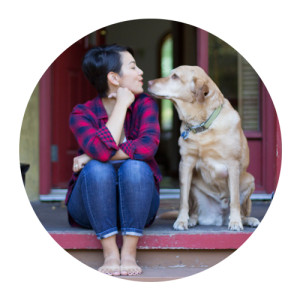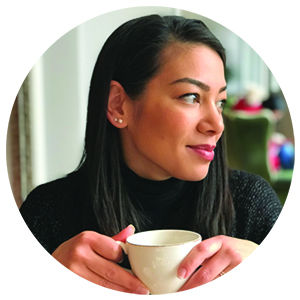Did you know that there are actually many types of Down Syndrome including Mosaic Down Syndrome, Trisomy 21 and Translocational Down Syndrome?
Ultimately, it is a genetic disorder in which there is a variation with the 21st set of chromosomes. While most people have 23 sets of chromosomes each consisting of a pair, people with Down Syndrome have a third copy of the 21st chromosome, bringing the count up to 47 from the regular 46.
In Mosaicism, which comprises 1-2% of all cases, only some of the cells contain this 3rd copy whereas others do not and contain only the regular 46 chromosomes. Translocational DS accounts for roughly 4% – in this case, the extra copy of chromosome 21 attaches to another chromosome, usually the 14th, maintaining 46 chromosomes but with the genetic material still being altered because of the additional 21st chromosome. Trisomy 21 however, is the most common with 95%. This is what Ella has.
All the “symptoms” of DS then are a result of that extra chromosome. At the simplest level, (and what I believe to be an effective way of explain DS to children) it is like this: imagine you are making a milkshake. You put in some ice cream, banana and strawberry, maybe even some chocolate. But one day, you decide that you want more strawberry. Not only does your milkshake now have a redder colour, but it is also a little bit more gritty because of the seeds and tastes a bit different: no worse or better but just different (again keep in mind this is on the most basic level). Because of the abnormal third copy, it means that there is an excess of all the genetic material contained in the 21st chromosome. For example, the duplication of Amyloid precursor protein has been found to cause an early onset of Alzheimer’s Disease.
This is just one of many conditions that people with DS face. Other features and conditions can be found here. If you have followed Ella’s journey, though, you can see that not all individuals are affected in the same way. While Ella exhibits some physical signs such as brushfield spots in her eyes, a palmer crease and small folded over ears, she has been fortunate enough not to have bowel problems, or a heart condition which required surgery.
There is no treatment for Down Syndrome, only the conditions that it causes. While there are many theories about supplements to offset the extra genetic material, they have not been scientifically proven. Early Intervention is the best possible thing that can be done for children with Down Syndrome. We are discovering more and more that individuals with DS have a greater potential than we give them credit for – they just don’t always learn or express themselves in the same way as their peers.
To be continued…













Leave A Reply